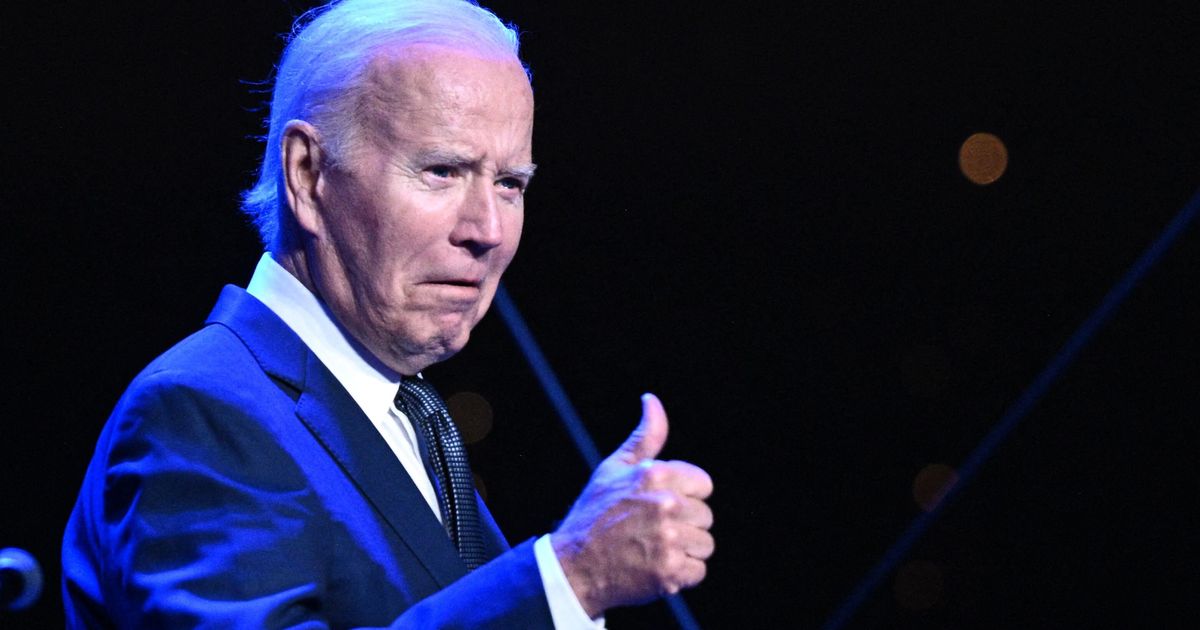When I first read the titile, I thought that the US is going to have to build A LOT to triple global production. Then it occured to me that the author means the US is pledging to make deals and agreements which enable other countries to build their own. Sometimes I think the US thinks too much of itself and that’s also very much part of American branding.
Where are my renewable bros at? Tell me this is bad.



That’s correct, those are Joules in SI. Now if you turn this mass into mass per second by introducing the flow of water through the dam, you get the power (Watts) produced through the release.
But here we are talking about energy storage (Watt.hours), which is, for how long will you be able to sustain emptying your container while delivering the desired power. And obviously this is a function of how large the container is because eventually you will run out of water no matter the elevation difference.
So, now that we are back 3 messages up thread
To help you out with the scale, again, your example from earlier (Bath county) has a storage capacity of only 24GWh, annual hydro production of the USA is 256TWh. Bath county has a reservoir of 34•10⁶m³, Oahe dam has 29•10⁹m³.
Anyway, this is a good tool to keep an eye on this “solved problem”, and relate to how the world is dealing with it, independently from the regulatory dissatisfaction you mentioned: https://sandia.gov/ess-ssl/gesdb/public/
And this paper goes neatly through the variables at play and why oversimplifications are not helpful: https://www.frontiersin.org/articles/10.3389/fenvs.2023.1076830/full
deleted by creator
why, in your opinion, is this more an obsession than “pulling power cables” and “tugging floating wind turbines”? This is very much part of the grid transitioning towards more intermittent (and renewable) energy sources. We can’t just keep putting wind and sun without offsetting the intermittence (since we are also removing carbon-heavy sources), which means either adding low CO₂ base-load (nuclear), but we are not going there fast enough, or adding more storage (and neither there do we have a solution).
It’s funny, because my link https://sandia.gov/ess-ssl/gesdb/public/ shows that there are 1693 such projects in the world, with 739 by the USA. China, with a more important landmass and not bothered by F35s (or whatever) doesn’t even cross the 100 threshold. So the onus of the proof is on you to demonstrate that we can actually build hundred more pumped storages in the USA for it to make a difference.
This isn’t even contentious. What is, is that you believe that we have this silver bullet of pumped hydro to cover our upcoming energy storage needs. And that’s not nearly the case.
Which was my point all along
I don’t want to argue about semantics. If the solution is too costly to be implemented, then it’s not a solution. I don’t think there’s more to be said here.
deleted by creator
Let’s keep this simple. It all started with your affirmation that energy storage is a solved problem. When I asked how you would go about implementing the solution, you brought-up pumped hydro. And we ended-up with enough data pointing towards this problem being all but solved (cost is one aspect that you are quick to dismiss, but engineering/practicality is a major one).
In all, we agree, we are in the same boat, we want more budget being allocated for the energy transition. But where we diverge I that I don’t see how turning a complex problem into a caricature (bordering a conspiracy theory) helps anyone. The physical world we live in doesn’t care about opinions, and isn’t affected by digital money. You don’t have to believe a random stranger on the internet (who happens to work in this field), if this is your crusade, there should be people near you, academics, scientists, engineers, who would be pleased to educate you on the subject. This is pedant, I don’t see where’s the belligerence.